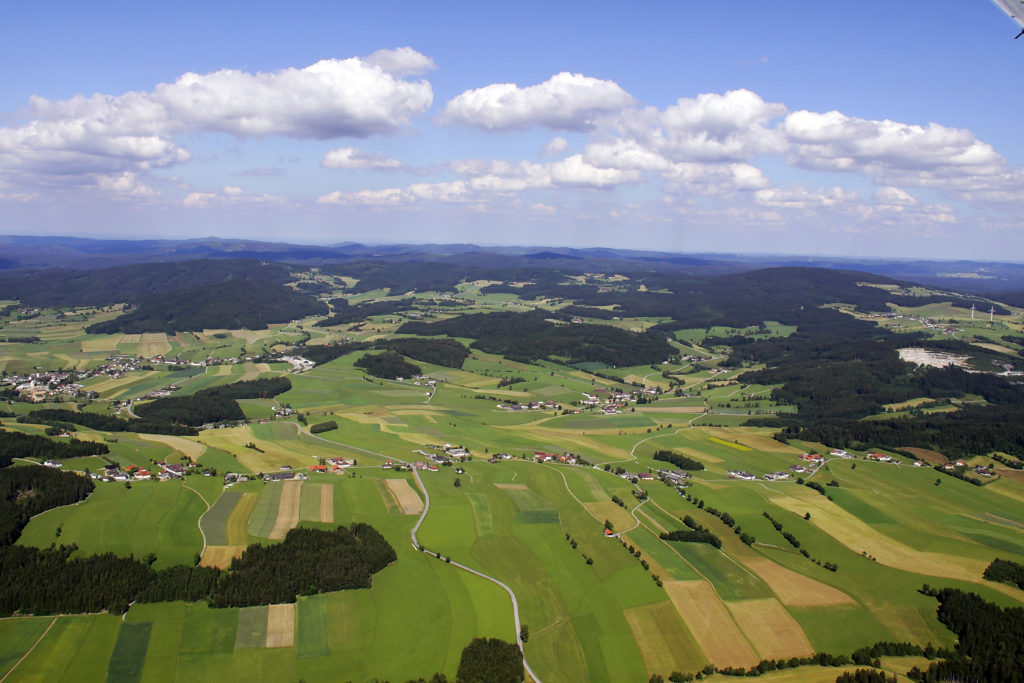In the realm of land development, considerations regarding the environment play a crucial role in shaping the sustainability and impact of projects. Addressing environmental factors is not just a regulatory requirement but also an ethical responsibility for developers and stakeholders.
This article discusses some of the various environmental considerations in land development, highlighting their significance and providing insights into strategies for sustainable development practices.
Site Assessment and Environmental Impact Studies
Before starting any land development project, thorough site assessments and environmental impact studies could be a good idea. The results can help identify potential environmental risks and assess the impact of development on ecosystems.
By understanding the environmental conditions of a site, developers can make informed decisions to minimize negative impacts and preserve ecological integrity. This information might also be required to meet certain regulatory requirements.
Soil and Water Quality
Soil and water quality are paramount concerns in land development. Assessing soil quality helps determine if contamination (which could pose risks to human health and the environment) from a previous land use exists.
Similarly, evaluating water quality is crucial to protect surface and groundwater sources from pollution. Implementing measures to mitigate soil and water pollution during and after development ensures the long-term sustainability of the project. Proper stormwater management design is one way that is used to address water quality.
Wetlands and Floodplains
Wetlands and floodplains are sensitive ecosystems that provide invaluable ecological services. Identifying these areas within the development site would most likely be required to comply with regulations and protect these habitats.
Strategies such as buffer zones and stormwater management practices help minimize impacts on wetlands and floodplains.
Air Quality and Pollution Control
Construction activities can significantly impact air quality through dust and pollutants. Implementing measures to control dust and pollutants is crucial to minimize adverse effects on air quality and public health.
Additionally, incorporating green building practices reduces energy consumption and air pollution in the completed development, promoting a healthier environment for residents and communities.
Biodiversity Conservation
Conserving biodiversity is essential for maintaining ecosystem health and resilience. Identifying biodiversity hotspots and conservation areas within the development site allows developers to implement measures to protect and enhance biodiversity.
Habitat restoration initiatives and collaboration with local conservation organizations contribute to biodiversity conservation goals and promote sustainable development practices.
Sustainable Design and Land Use Planning
Incorporating sustainable design principles into land development plans is key to minimizing environmental impacts.
Green infrastructure and low-impact development techniques help manage stormwater runoff and enhance ecosystem services.
Conclusion
Environmental considerations are integral to responsible land development practices.
By prioritizing environmental protection and sustainability, developers can create projects that not only meet regulatory requirements but also contribute positively to the surrounding environment and communities.



